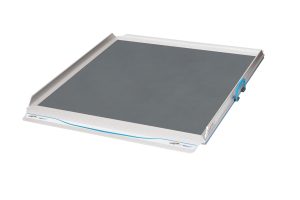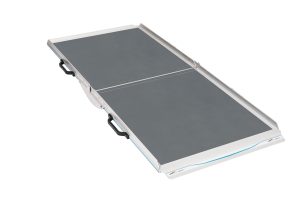(ex. VAT)
0
£0.00
Portable ramps are versatile, temporary or movable inclines used to bridge gaps or height differentials, allowing easy access for individuals using mobility aids like wheelchairs, scooters, or walkers. They serve a range of purposes in various settings, including homes, public spaces, and transportation.
Here are some common types and uses of portable ramps:
Portable ramps play a critical role in enhancing accessibility, allowing individuals with mobility challenges to navigate environments that might otherwise be difficult or impossible to access. They’re designed to be lightweight, easily transportable, and adaptable to various settings, making them an essential tool for improving inclusivity and mobility.
Showing all 4 results




Have a custom order to make or just have questions about some of our products? Use this form to ask us, and our experts will be in touch as soon as possible.
Keep up to date with our latest news and offers and be the first to hear about our upcoming releases.
VAT number: 327 5318 03
Company Number: 12731351
EORI: GB327531803000
D-U-N-S® Number: 226063916
Copyright © 2024 – All Rights Reserved
Aldea Group UK LTD – The UK’s trusted Industrial & Commercial Equipment Store.
All images and content within this website and copyrighted and may not be copied or reproduced without obtaining consent. We take no responsibility for content, images or any advice offered within this website, and its employees and officers are to held harm free.
Uploaded Failed |  |